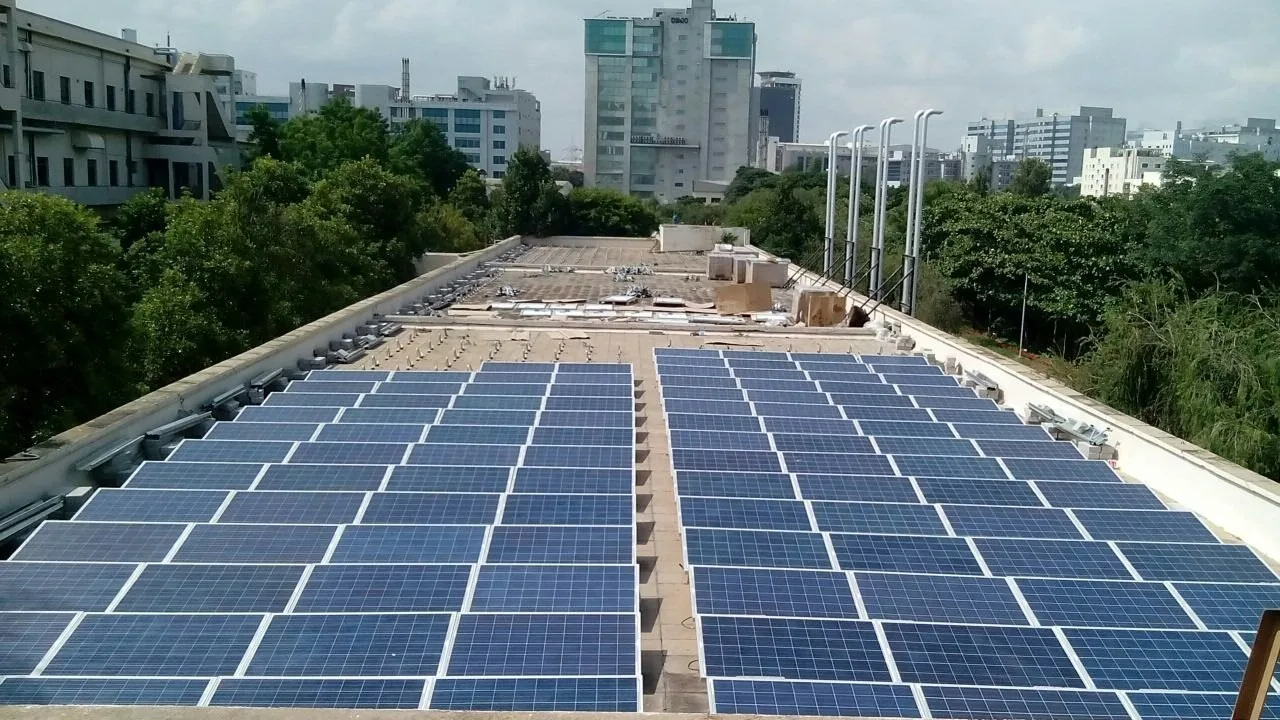The Indian government has implemented numerous schemes over the years to benefit its citizens directly. These initiatives are designed with various segments of society in mind, catering to farmers, women, the underprivileged, students, and more.
One of the notable efforts is the support for solar panel installation. The Government of India has introduced the Pradhan Mantri Bijli Yojana, which provides subsidies for homeowners looking to install solar panels. This initiative not only helps reduce electricity bills but also encourages more people to adopt solar energy solutions. Many are now reaping the benefits of this program.
To further promote solar energy, the government has introduced two innovative financial models. The unique aspect of these models is that homeowners will not need to pay upfront costs for the installation of solar panels on their roofs. Under the utility-based aggregation model, state-run companies and discoms will handle the installation, and they will receive payment for their services.
The government offers financial assistance through the Pradhan Mantri Suryaghar Yojana, providing a subsidy of Rs 30,000 for solar panels with a capacity of up to two kilowatts, Rs 48,000 for those up to three kilowatts, and Rs 78,000 for panels exceeding three kilowatts.
The government has introduced the Pradhan Mantri Suryaghar Yojana as a significant initiative aimed at promoting the use of solar energy across the country. This program is designed to encourage households and businesses to adopt solar power by providing substantial financial assistance in the form of subsidies for the installation of solar panels.
Under this scheme, individuals and organizations can receive a subsidy of Rs 30,000 for solar panels with a capacity of up to two kilowatts. This support is particularly beneficial for smaller households or establishments that may not require extensive energy production but still wish to harness the benefits of solar energy.
For those looking to install solar panels with a capacity of up to three kilowatts, the government offers a more generous subsidy of Rs 48,000. This increased financial support is aimed at encouraging a broader adoption of solar technology, making it more accessible for medium-sized households or small businesses that have higher energy needs.
Furthermore, for installations that exceed three kilowatts, the subsidy reaches up to Rs 78,000. This substantial financial assistance is intended to incentivize larger installations, which can significantly contribute to energy savings and sustainability efforts. By supporting larger solar panel systems, the government aims to facilitate a transition towards renewable energy sources, reduce dependence on fossil fuels, and promote environmental sustainability.
Overall, the Pradhan Mantri Suryaghar Yojana represents a proactive step by the government to foster the growth of solar energy in India, making it more affordable and appealing for a wide range of users, from individual households to larger enterprises. This initiative not only aims to enhance energy security but also contributes to the country’s broader goals of reducing carbon emissions and combating climate change.
